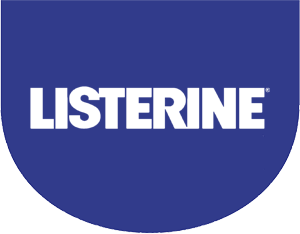Abstract
This paper describes a sodium hypochlorite (NaOCl) incident occurring during routine endodontic treatment of a patient who presented with chronic periapical periodontitis of a maxillary canine tooth and discusses the immediate and late treatment of this case.

